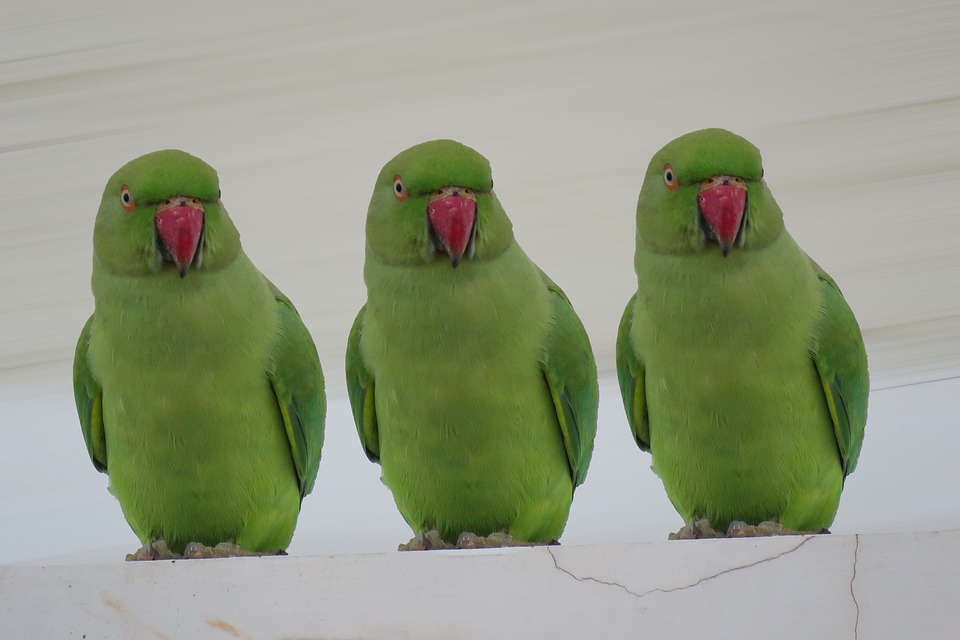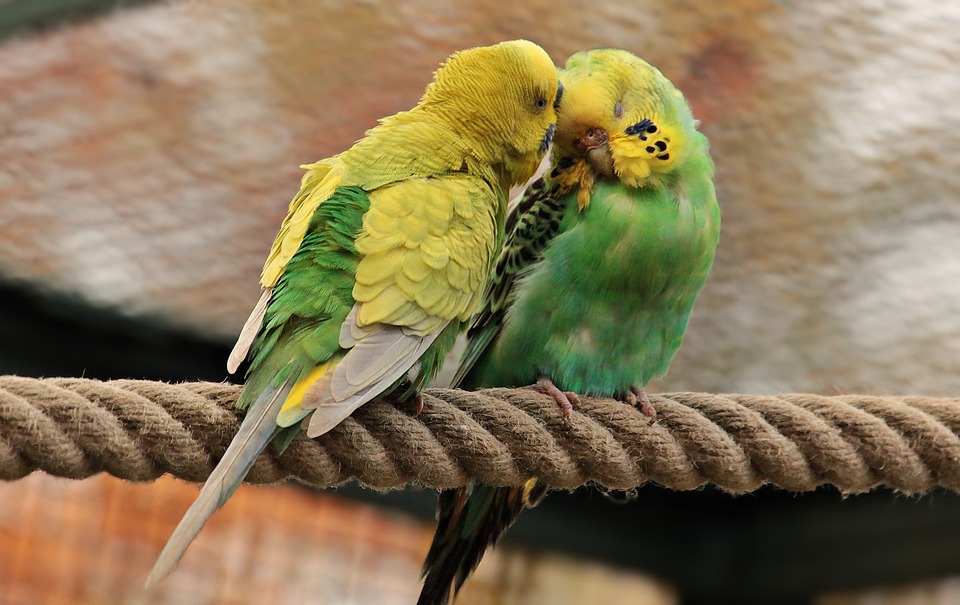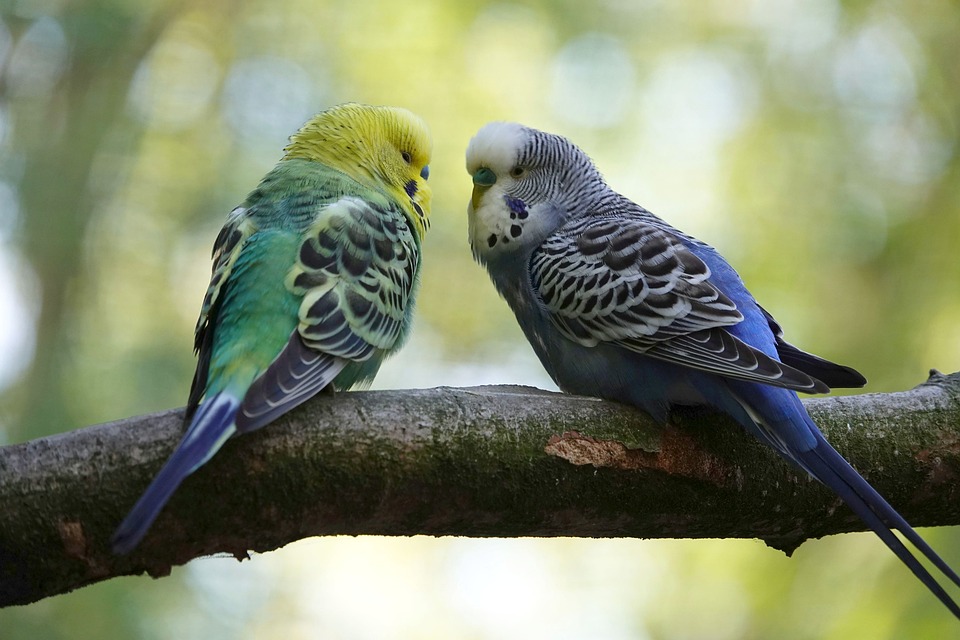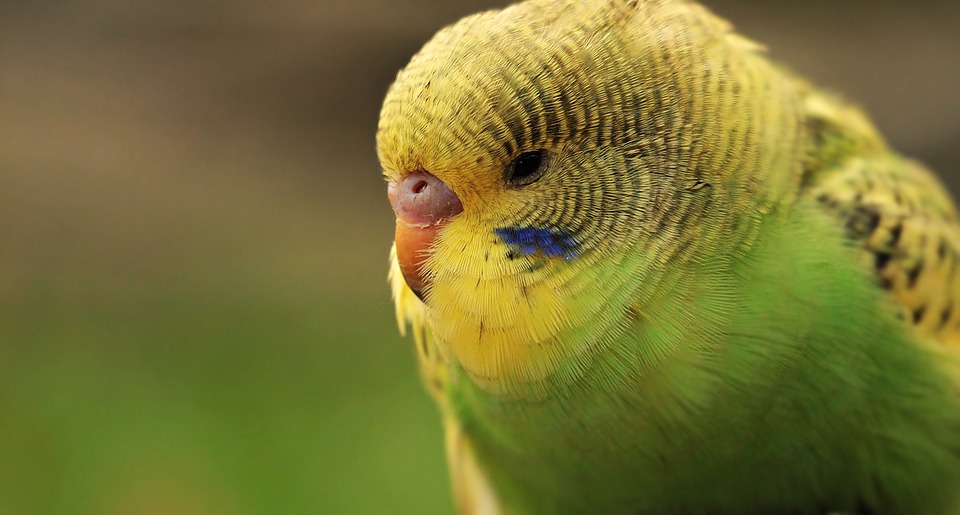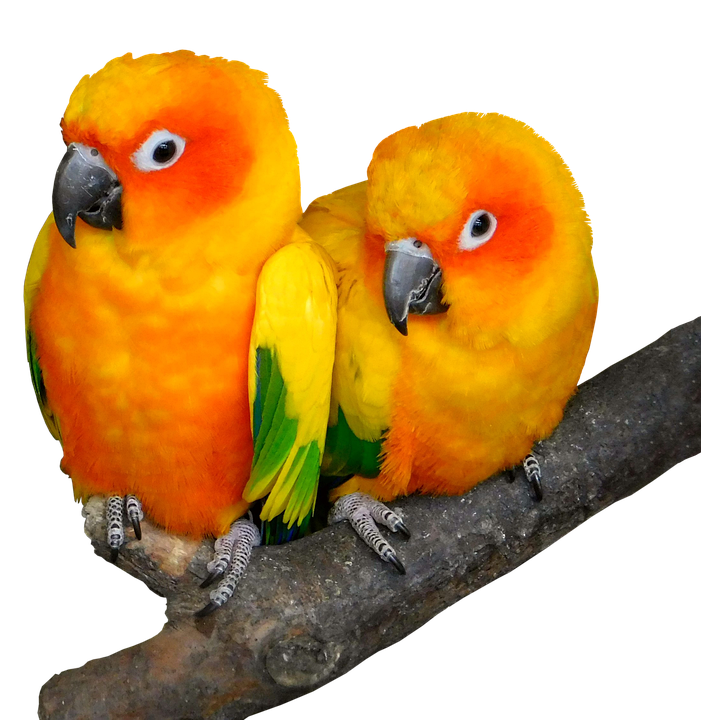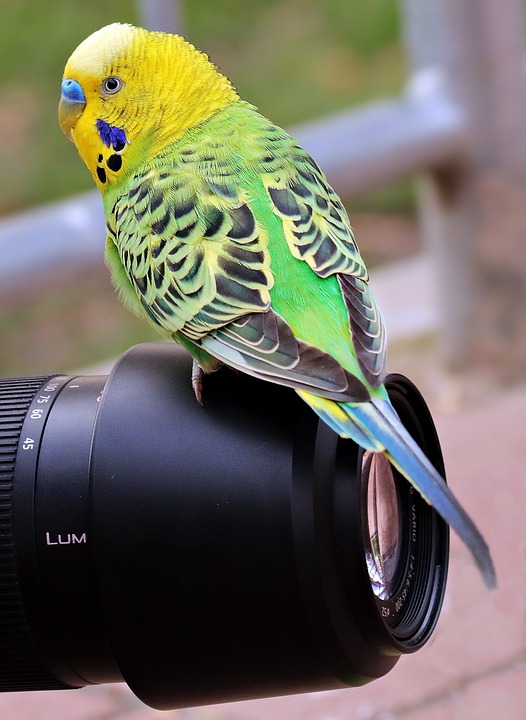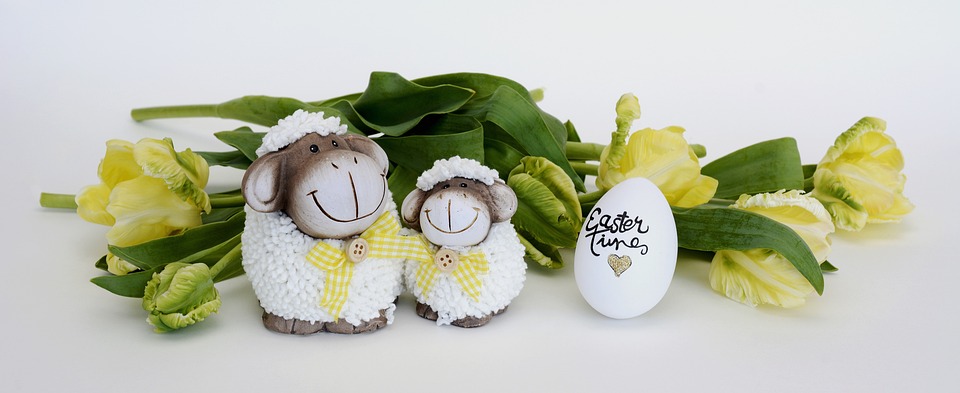Parrots are highly intelligent creatures known for their vibrant colors, playful nature, and ability to mimic human speech. Building a strong bond with your parrot is essential for their overall well-being and ensuring a happy and fulfilling life for both you and your feathered friend. In this article, we will explore the power of positive reinforcement in parrot training and how it can help strengthen your bond with your parrot. We will also address frequently asked questions to provide you with a comprehensive understanding of this training technique.
I. Understanding Positive Reinforcement
Positive reinforcement is a training technique that involves rewarding desired behaviors to encourage their repetition. This approach focuses on rewarding your parrot for exhibiting behaviors that you want to encourage, rather than punishing or correcting undesirable behaviors. Parrots are highly responsive to positive reinforcement, as they are motivated by rewards, attention, and interaction.
II. Steps for Using Positive Reinforcement in Parrot Training
1. Identify Desired Behaviors: Start by identifying the behaviors you want to reinforce in your parrot. These can include stepping onto your hand, speaking certain words, or performing tricks.
2. Choose Appropriate Rewards: Determine what rewards your parrot finds most enticing. This can include verbal praise, treats, or interactive playtime. Each parrot may have different preferences, so experiment with various rewards to find what works best for your feathered companion.
3. Timing is Key: The timing of reinforcement is crucial. Immediately reward your parrot after they exhibit the desired behavior. This helps them associate the behavior with the reward, reinforcing its importance.
4. Be Consistent: Consistency is key when using positive reinforcement. Always reward your parrot for the desired behavior and refrain from rewarding or acknowledging undesired behaviors. This helps your parrot understand what is expected of them and reinforces the desired behaviors.
5. Gradual Progression: Start with simple behaviors and gradually increase the difficulty of tasks. Breaking down complex behaviors into smaller, achievable steps ensures your parrot remains motivated and engaged in the training process.
6. Keep Sessions Short and Fun: Parrots have short attention spans, so keep training sessions brief and enjoyable. Aim for multiple short sessions throughout the day rather than one long session. This keeps your parrot interested and prevents them from becoming overwhelmed or bored.
III. Frequently Asked Questions
Q1: Can positive reinforcement be used for all parrot species?
Yes, positive reinforcement can be used for all parrot species. However, it’s important to consider individual personalities, preferences, and species-specific traits when designing a training program. Some parrot species may respond better to certain rewards or training techniques, so it’s essential to tailor your approach accordingly.
Q2: How long does it take to establish a strong bond with a parrot using positive reinforcement?
Building a strong bond with your parrot takes time and patience. The duration may vary depending on the parrot’s personality, previous experiences, and the consistency of training efforts. It’s crucial to remember that building a bond is an ongoing process that requires continuous interaction, trust-building, and positive reinforcement.
Q3: Can positive reinforcement correct undesirable behaviors?
Positive reinforcement primarily focuses on reinforcing desired behaviors rather than correcting undesired ones. However, by redirecting your parrot’s attention to desirable behaviors and rewarding them, you can effectively discourage and replace undesirable behaviors over time. If you’re facing behavioral challenges, it’s advisable to consult a professional avian behaviorist for guidance.
Q4: Are there any potential risks associated with positive reinforcement training?
When used correctly, positive reinforcement training is a safe and effective method for parrot training. However, it’s important to monitor your parrot’s diet and ensure that the treats used as rewards are healthy and appropriately-sized. Avoid excessive treat consumption to prevent weight gain or nutritional imbalances.
Conclusion
Positive reinforcement is a powerful tool for establishing a strong bond with your parrot. By rewarding desired behaviors, you can effectively communicate with your parrot, build trust, and create a harmonious relationship. Remember to be patient, consistent, and tailor your training approach to your parrot’s individual needs. With time and positive reinforcement, you’ll witness the growth of a deep and fulfilling bond with your cherished feathered companion.

